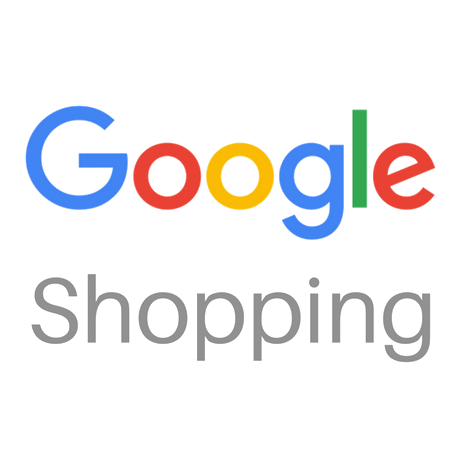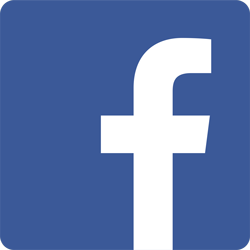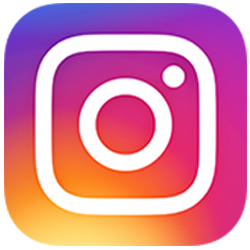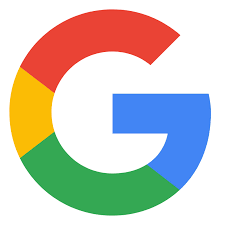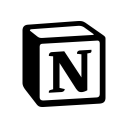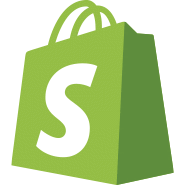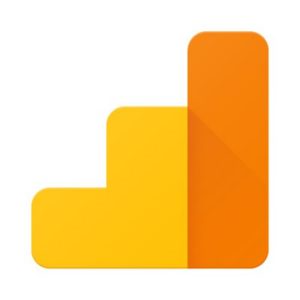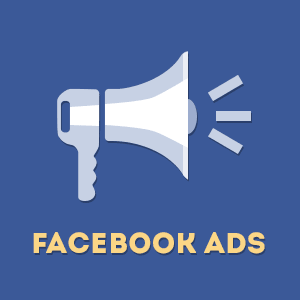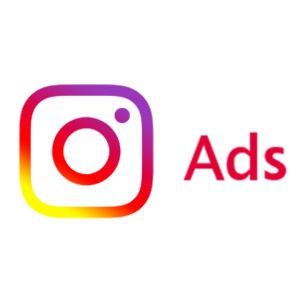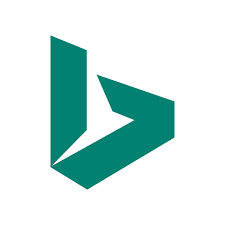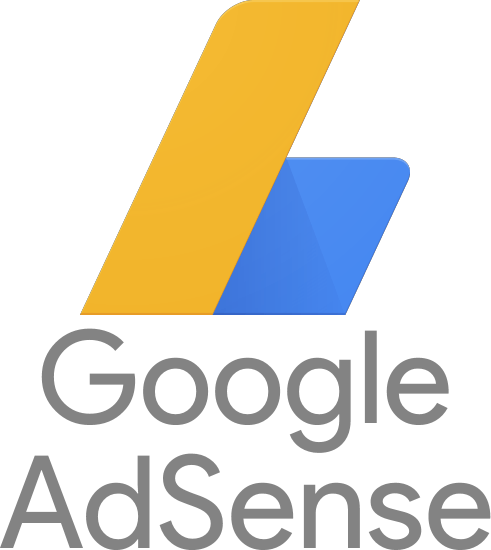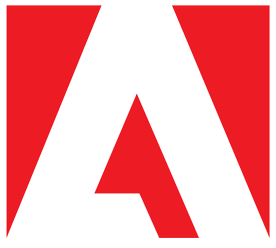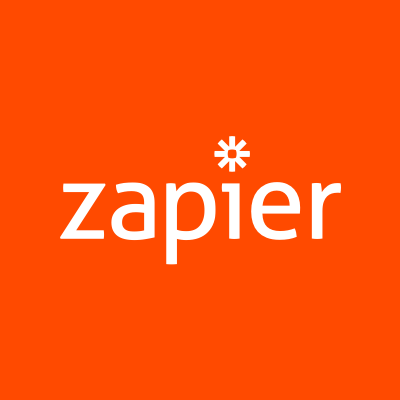RV SnapPad Update: How We've Grown 125% YoY
This is a follow up story for Origen RV Accessories LTD.. If you're interested in reading how they got started, published over 4 years ago, check it out here.
Hello again! Remind us who you are and what business you started.
We are the team behind RV SnapPad, the world’s only permanent jack pad. A new consumer product category in the RV industry, permanent jack pads caught on with passionate RV enthusiasts pretty quickly, and we’ve been busy iterating the main product across RV types since launching.
Originally a direct-to-consumer brand, we went to omnichannel in 2018, selling across other online re-sellers as well as RV retailers and dealers.
Since launching in late 2015, we have grown at 125% year-over-year, except for the pandemic impacted season (2020). SnapPads are now carried by seven major RV distributors and can be found in hundreds of RV dealerships across North America. SnapPad was also named one of the fastest-growing startups in 2019.

Tell us about what you’ve been up to! Has the business been growing?
Our sales growth slowed in 2020 (+14%), but not due to lack of demand. In fact, demand spiked due to the pandemic, but our manufacturing and supply chains were severely hampered. To respond to the sudden changes, we had to completely reform our supply chain by adding 4 new US manufacturers as well as spinning up with a new 3PL (distribution) partner.
By having a strong base of social proof from your early users and social content from well-known members of your (markets) community, you build things you simply can’t “buy” through straight-up marketing spend.
We are still grappling with the follow-on consequences of the pandemic, including rolling labor and material shortages in the US. By September 2020, we were back-ordered by 30,000 pads, despite turning off all marketing and B2C sales on our site in May of that same year. We were only able to resume marketing and online sales in May of this year. Although we are still back-ordered currently, we are on pace to fulfill all outstanding orders and build inventory by the end of 2021. Our growth rate has climbed back up to previous norms as well (130%).
Despite the supply struggles, we have continued to release new products, including four new SKUs aimed at the smaller travel trailer/towable RV segment of the market starting in late 2019 and stretching into 2021. This is, by far, the largest market segment, so we are excited to finally offer something for this large swath of RVers.
We have also taken on a new growth agency to help us scale our online marketing efforts. Through their efforts, we have discovered that re-purposing UGC (user-generated content) and influencer review content on paid social channels like Facebook and Instagram is extremely effective. We have also added SMS as a key marketing channel, and we are currently finding ways to match the right RVer to the right SnapPad package through this medium.
Finally, we were also able to negotiate our first OEM deal with a small, high-end luxury RV manufacturer, meaning they are offering SnapPads as an option straight from the factory.
The return to rapid growth this year and the potential for hyper-growth moving forward (300%+) has caused us to double our team since 2019. We have added staff in B2B sales, B2C customer service, digital design, as well as product engineering, R&D.
Screenshotof the UGC re-purposed for PPC campaigns:

What have been your biggest lessons learned in the last year?
Our biggest mistake, and our biggest learning opportunity, was not fully understanding more of our manufacturing and supply chain. We began life as a company with a single manufacturer in the US. This supplier both made and shipped our product up until the start of 2020, which allowed us to focus on things like sales, marketing, and brands.
That turned out to be a major long-term weakness and risk point, however. Although we had been looking to find other partners before the pandemic hitting in February 2020, we did not make enough of a priority. The reliance on a single partner hamstrung us just as a rising tide of demand was swelling up on the horizon.
Our original manufacturing partner was waylaid by staffing and operational issues during COVID, causing our production to grind to a halt. That forced us to accelerate our search for more producers, and, as a result, we had to better understand all of the nitty-gritty aspects of manufacturing our product. From tonnage pressure of different rubber presses to average product throughput per shift, we can now develop internal manufacturing models and projections that will hopefully help avoid any similar issues in the future.
On top of the four US manufacturers we now work with, we plan to build and run our dedicated facilities in the near future. It will be expensive to spin up, of course, but it will give us a lot more control over our supply chain.
What’s in the plans for the upcoming year, and the next 5 years?
Once we have our supply chain in order, we have plans to bring at least one more core product to market by the end of 2021, or the start of 2022. This new product line should greatly increase our relevance and market expansion in the aforementioned travel trailer segment. After that, we will begin to introduce other, related leveling accessories under our brand so that our brand becomes a one-stop shop for “total leveling packages”.
From there, we will look to accelerate both our B2C online sales as well as sales through our established distribution channels. We are planning to launch a B2C store in Canada by 2022 and then look into other potential markets in Europe and Australia.
With a full range of products, a capable growth agency, and a strong supply chain, we believe we can start to hit 300%+ annual growth targets by next year.
Have you read any good books in the last year?
The last really good book I read was Range by David Epstein. It’s a look at how generalists can succeed over specialists and why varying your focus and skillset can be extremely beneficial.
Advice for other entrepreneurs who might be struggling to grow their business?
Of course, finding product-market fit is paramount. We did this cheaply by taking a grassroots approach - we went directly to users on message boards and ownership groups and asked them to try the product and give us feedback. We also attended RV rallies so we could interact and sell directly to the end consumer. That helped us map the entire awareness pitch over time.
When we could eventually afford it, we spent a little bit of money advertising on Facebook and paying very close attention to the comments that would show up on the ads. Our first product iteration - adding drainage channels to the base product - spiked sales by about 25% instantly and was an object lesson in the value of taking feedback seriously.
Related to that is the value of user reviews and influencer content. By having a strong base of social proof from your early users and social content from well-known members of your (markets) community, you build things you simply can’t “buy” through straight-up marketing spend.
We have also spent a lot of time refining the customer service and UX on our owned channels to lower purchase friction and increase customer happiness and perceived value. No matter how good your product is, you can undermine all of your efforts with a frustrating UX or less than stellar CS. As a result, we have never considered outsourcing customer service/call center functions.
One thing we don’t really worry about is follower counts and “likes” on social media. We are active on some channels, but stuff like that tends to be (mostly) vanity metrics.
Where can we go to learn more?

Download the report and join our email newsletter packed with business ideas and money-making opportunities, backed by real-life case studies.

Download the report and join our email newsletter packed with business ideas and money-making opportunities, backed by real-life case studies.

Download the report and join our email newsletter packed with business ideas and money-making opportunities, backed by real-life case studies.

Download the report and join our email newsletter packed with business ideas and money-making opportunities, backed by real-life case studies.

Download the report and join our email newsletter packed with business ideas and money-making opportunities, backed by real-life case studies.

Download the report and join our email newsletter packed with business ideas and money-making opportunities, backed by real-life case studies.

Download the report and join our email newsletter packed with business ideas and money-making opportunities, backed by real-life case studies.

Download the report and join our email newsletter packed with business ideas and money-making opportunities, backed by real-life case studies.

